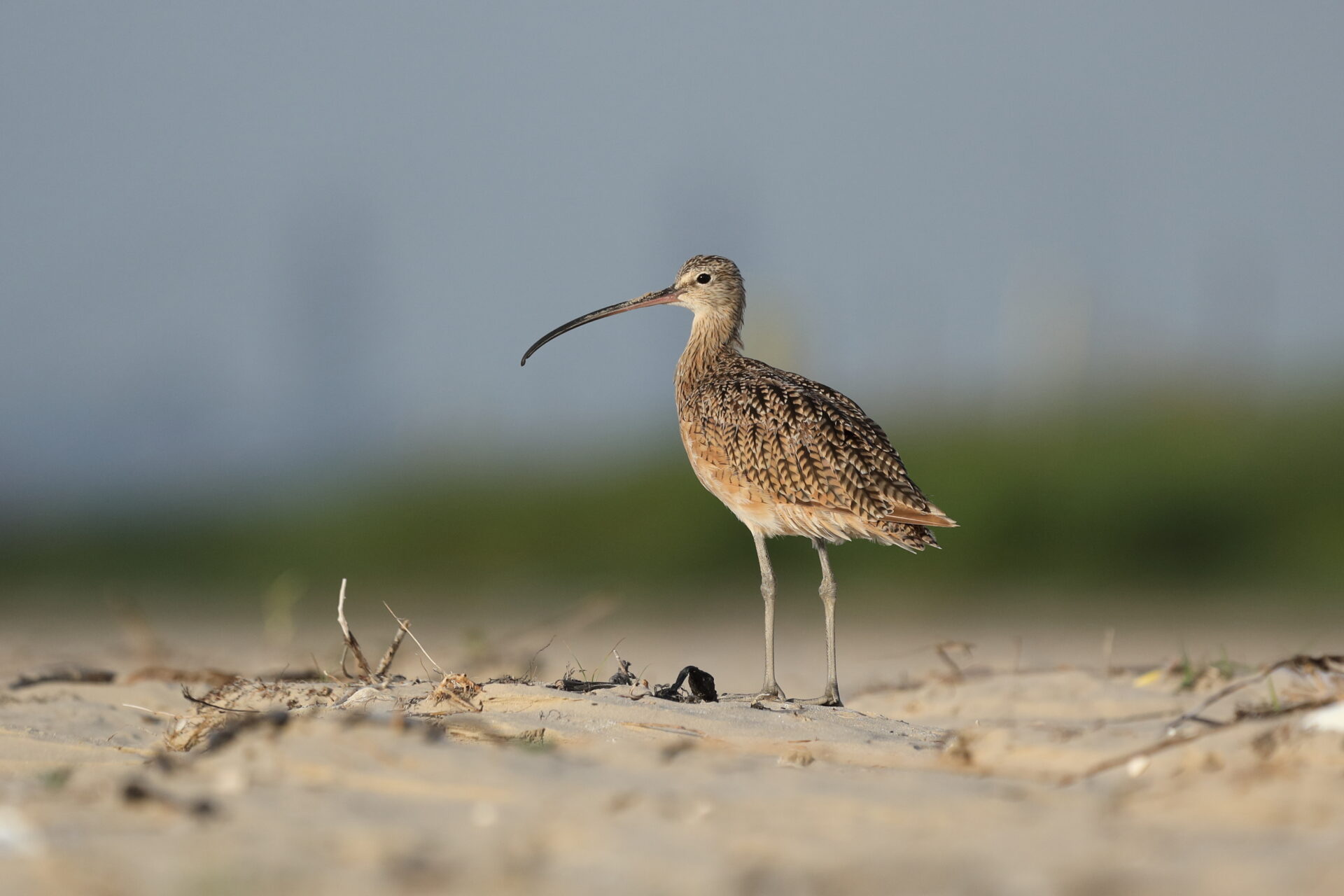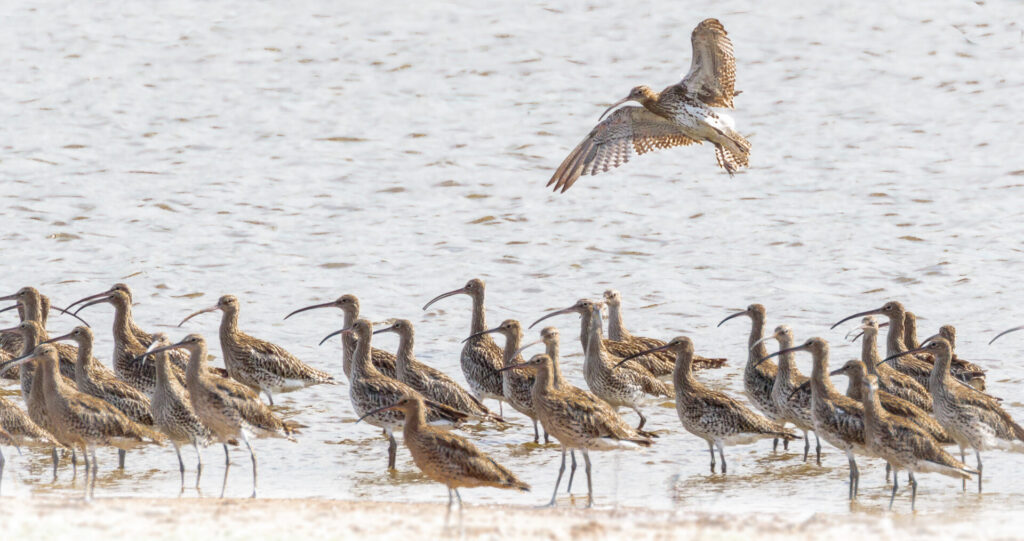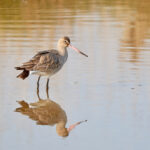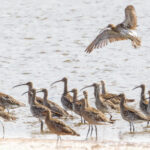In early August 2023, it was announced that the hunting of three species of birds – Eurasian Curlew, European Turtle Dove and Black-tailed Godwit – had been suspended in France until 30 July 2024. The three ban orders were signed by Christophe Béchu, the Minister of Ecological Transition.
“Curlew Action is delighted that hunting of Curlews in France has been suspended for another year,” says Curlew Action’s Founder and Director Mary Colwell. “There are so many enormous pressures bearing down on Curlews from agriculture to climate change, problems that are complex and difficult to tackle. Thank you to all the campaigners who have kept up the pressure.”
The Ligue pour la Protection des Oiseaux (LPO), the largest environmental non-governmental organisation in France and part of the Birdlife International, has campaigned for the banning of hunting of these three bird species for a number of years. All three species have unfavourable conservation statuses, with the Turtle Dove population decreasing by nearly 80% between 1980 and 2015.
There have been a number of changing moratoriums on hunting Curlews in France since 2008, which has been amended previously to allow shooting on the coast.
In July 2019, after a public consultation, the French government proposed a bag limit of 6000 birds, including non-coastal birds. At the time, James Robinson, Director of Conservation at WWT said:
“Given that this decision goes against the recommendations of the French government’s own expert committee (Comité d’Experts sur la Gestion Adaptative) and is also in direct contravention to its obligations under the African-Eurasian Migratory Waterbird Agreement (AEWA), we cannot accept this decision and will therefore continue to challenge it.
"We believe this decision is an entirely political one that defies accepted best practice and the biological reality of Europe’s declining curlew population. Whilst we do not deny the rights of French hunters to hunt, we passionately believe this must be done sustainably and in accordance with international laws and agreements designed to protect biodiversity.”
However, pressure from conservationists resulted in this being changed in August 2019 to zero bags.
This has been extended each year since, including the recent announcement to July 2024.
As part of the LPO’s announcement of the extended ban, LPO President Allain Bougrain Dubourg said, “On donne un an de sursis pour ces espèces qui sont à l’agonie alors qu’au minimum on devrait leur accorder cinq ans de répit pour tenter d’endiguer leur déclin et espérer une renaissance.”
[Google Translation: “We give a year's reprieve for these species which are in agony when at least we should give them five years of respite to try to stem their decline and hope for a rebirth.”]
Graham Appleton’s 2018 post on Wader Tales discusses the hunting of Curlews and Black-tailed Godwits in France.
Why are Curlews hunted?
It might come as a surprise for some conservationists to learn that Curlews have been regularly hunted in France – and that they were hunted in the UK and the Republic of Ireland until relatively recently.
In Britain, Curlew hunting ended in 1981 but continued on in Northern Ireland until 2011 and in The Republic of Ireland until 2012.
Curlews were shot to be eaten, and appeared in several recipe books. Until 1942, Curlews could still be bought from UK butchers.
In her book Curlew Moon (available to buy in the Curlew Action shop), Mary Colwell discussed Curlews and Curlew pie:
“It was said that the best time of year to eat them was soon after the breeding season. Weeks of feeding on insects and berries was thought to make their flesh sweet. According to one old Cornish recipe, this was the ideal time to make curlew pie, which required mincing up to two birds with onions. Eaten later in the year, warned the chef, their flesh would be rank with the flavour of mud and shellfish, and will need more herbs to disguise the taste.”

The hunting of Curlews is not restricted to Europe. In the US, one of the main historic threats to the Long-billed Curlew (pictured above) was hunting. Although illegal shooting still occurs, the main threats now include habitat loss and reduced prey due to pesticides.
And prior to its presumed extinction, the Eskimo Curlew was one of the most common of waders (or shorebirds) in Northern America and was hunted in large numbers.
Amongst the threats of human disturbance and habitat loss and degradation, the Far-Eastern Curlew faces the threat of hunting whilst at its breeding grounds in Northeastern Asia.
Image note: Turtle Dove by Nick Goodrum via Flickr (CC by 2.0)




